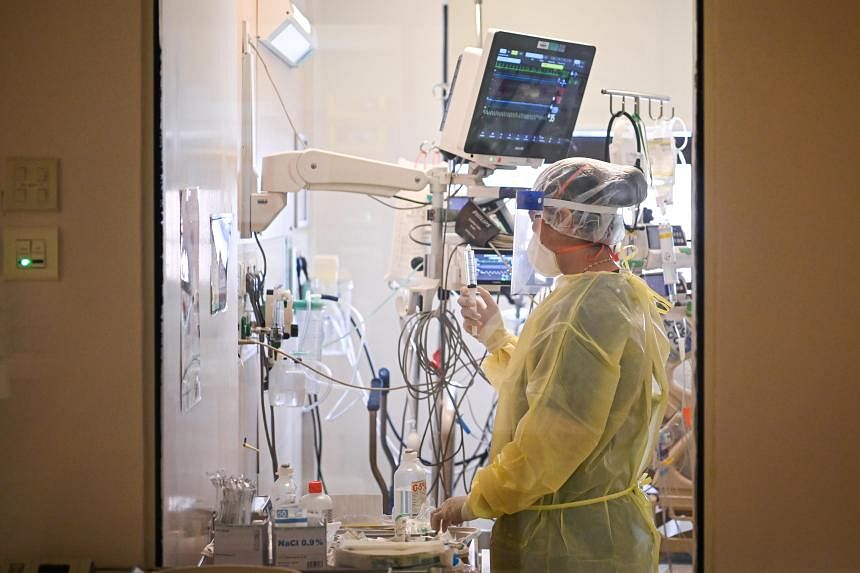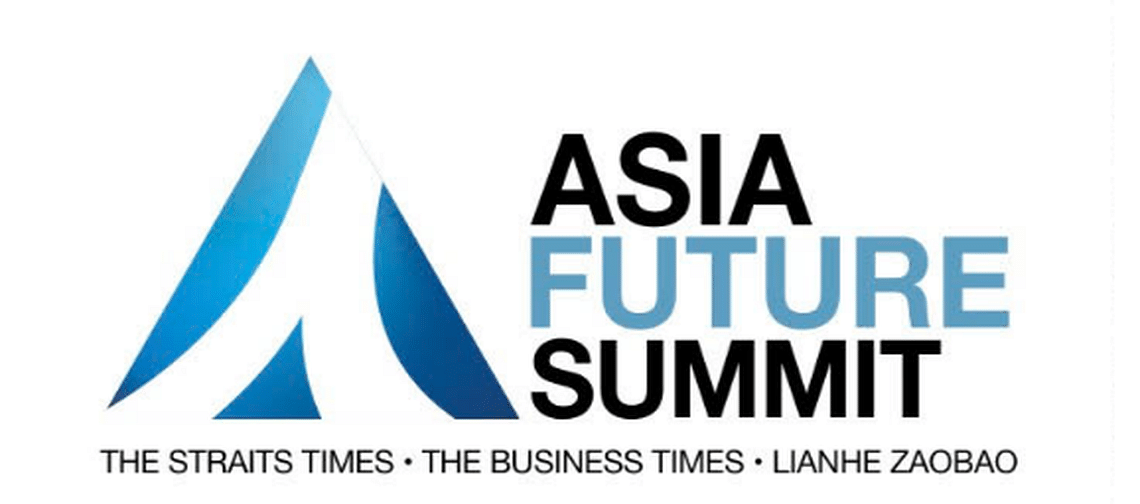SINGAPORE – In July, crowds gathered over several nights at the Singapore Indoor Stadium to watch Hong Kong Heavenly King Jacky Cheung sing, while long queues formed for American superstar Taylor Swift concert tickets.
When the Formula One Singapore Grand Prix weekend rolled around in September, it attracted more than 264,000 fans.
Four years after the pandemic began, memories of painful Covid-19 lockdowns and concepts such as safe distancing have faded, and it is not just individuals who have moved on with their lives.
As the world gets into business-as-usual mode, many global agencies and governments are taking their eyes off the ball and not adopting the actions needed to prepare and to tackle future pandemics, said Professor Teo Yik Ying, the dean of the Saw Swee Hock School of Public Health at the National University of Singapore (NUS).
It is important for world leaders and governments to understand that outbreaks and pandemics are not simply sporadic health events, he said. “They happen as a consequence of the interconnectedness of major developmental trends affecting societies and the world.”
Amid rapid urbanisation, climate change, rising distrust in governments and more misinformation and disinformation, outbreaks are going to occur more frequently and spread even more easily to the rest of the world to become pandemics, he said.
Disease X, which could cause the next pandemic, will be a more lethal and infectious threat, and it is coming.
“The modern world we are in today is a very leaky one, with vast amounts of people and goods movements. Our only chance against a Disease X is to be prepared for it, and to be constantly on the lookout for it,” Prof Teo said.
Singapore has learnt to keep its population safe in the confines of their homes. It is aware that its migrant workforce can be a weak link and is trying to fix that vulnerability. It is also trying to ensure that it has facilities to churn out its own vaccines. These are smart steps, but even they may not be enough to guard against Disease X, experts say.
Finding normality at home
When full home-based learning (HBL) was implemented in 2020, teachers had to quickly adjust to teaching remotely and talking to their students via a screen.
Singapore is now trying to make sure that remote learning remains in play, partly because it has its own benefits, but also because it can be ramped up if there is ever a need to confine students to their homes again.
The Ministry of Education (MOE) has accelerated the provision of resources on its digital learning platform – the Student Learning Space – and there is a dedicated remote learning slot in school for children who have completed primary school (generally those aged 13 and above).
As part of blended learning, regular HBL days have been integrated in the school experience at all secondary schools, junior colleges and Millennia Institute, said an MOE spokesman. This is to strengthen the development of self-directed, independent and passionate learners.
MOE recommends that these schools schedule HBL days about once a fortnight. Junior colleges and Millennia Institute have the flexibility to schedule one HBL day each week if they think it suits their students.
HBL provides students with a chance to learn at their own pace, the spokesman added. They can also explore their areas of interest and learn beyond the curriculum.
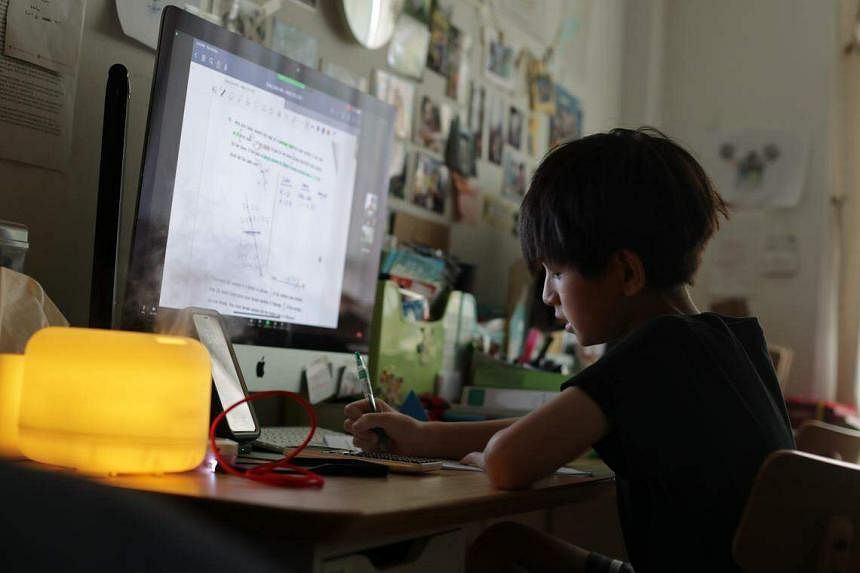
And if Disease X ever strikes, both teachers and students will be able to switch to remote learning mode, as they would not have lost touch with it.
The same goes for working from home, another practice enforced by the pandemic. Virtual office meetings are now a regular occurrence, even as working from the office is once again the norm.
Indeed, the widespread use of virtual platforms at work and home has helped to make the expansion of telehealth a palatable idea.
The idea of virtual wards – where Covid-19 patients were monitored remotely – that emerged from the pandemic is being expanded in Singapore. In the future, most of the care that one receives at a hospital can be given in a home setting.
One of the lessons stated in the March 2023 White Paper on Singapore’s response to the Covid-19 pandemic was the need to strengthen primary care as the first line of defence, so that family doctors can advise the population to take the appropriate personal measures, such as getting vaccinated.
Singapore is already strengthening this with the national Healthier SG strategy where participants enrol with a general practitioner of their choice to help them take charge of their health.
This also means that Singapore has credible defences against Disease X – whether by confining the population at home or through the vast network of GPs supplementing hospital resources.
Keeping migrant workforce safe
A huge pandemic issue for Singapore was the outbreak in migrant worker dormitories which grew so big that the country went into lockdown in early April 2020.
Many of the workers were relocated to reduce the spread of the disease, and the density and cramped condition of their dormitories quickly came to light. The solution was to space them out and improve their living conditions, which was going to take time.
Two new purpose-built dormitories which adhere to new improved living standards imposed in 2021 are expected to be operational only in 2025, said Dormitory Association Singapore president Johnathan Cheah.
With a record number of migrant workers now here to work on the projects delayed by the pandemic, there are simply not enough beds currently and factory-converted dorms are full, he said. This is despite the addition of 17,000 new dorm beds since the end of 2022.
The Manpower Ministry recently reiterated its earlier calls for employers to reduce their reliance on foreign labour by raising productivity or to consider building their own temporary quarters in construction sites to house their workers.
The new standards for migrant worker dormitories include a cap of 12 residents in each room instead of 15 now, mandatory en-suite toilets, a larger living space per resident and better ventilation. But these standards are imposed only on newly built dorms, with existing dorms given time to transition in phases.
Mr Cheah said that within half a year to a year, existing dormitories should start moving towards implementing interim standards, which include building en-suite toilets. The latest for them to do so is 2030. Attached toilets mean workers can be isolated in their rooms, a sensible idea, but one that may not be fully implemented for some years to come.
While the bed space situation for migrant workers has not changed much, there have been changes made on the ground after the pandemic.
Mr Cheah, who is the managing director of S11 Dormitories, said his company limits the number of people who have access to communal areas at any one time, to prevent overcrowding.
A new primary healthcare system comprising 10 dedicated medical centres and a network of partner private clinics has been set up. Employers are required to buy primary care plans for migrant workers living in dorms, as well as those in the construction, marine and process sectors.
The authorities have said that the Assurance, Care and Engagement Group that was formed during the pandemic continues to visit dorms to engage migrant workers and resolve issues related to living conditions, and will have the capability to respond quickly in a future crisis.
It is hard to build a pandemic-proof dormitory when no one knows what the next agent will be like, said Mr Cheah. “The key thing that we eventually agreed on is that we want to be able to create spaces where our migrant workers can live comfortably.”
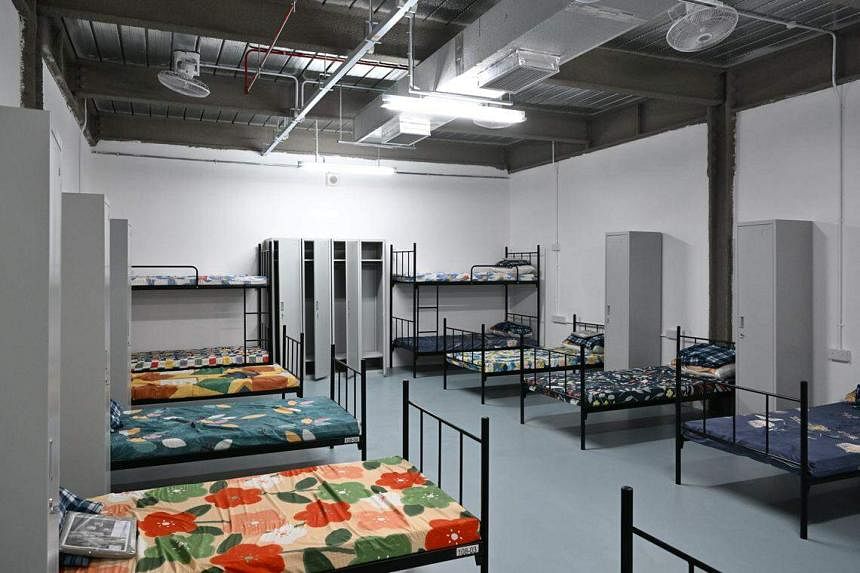
Staying self-sufficient
A key question that arose from the global pandemic was the premium that Singapore was willing to pay to protect itself better from disruptions in its supply chains.
Before Disease X arrives, the Republic is trying to make sure it will never be held hostage to the policies of others when it comes to items that become critical during a pandemic. The lessons were learnt the hard way.
The global scramble for surgical masks started in early 2020 and by late January that year, Taiwan had placed an export ban on masks. ST Engineering, which had housed its mask manufacturing line there, could not bring back the masks it was making.
Fortunately, it managed to bring the machines back, together with its stock of melt blown polypropylene, used for making the critical filter layer in the mask. By early February, it produced its first batch of masks in Singapore.
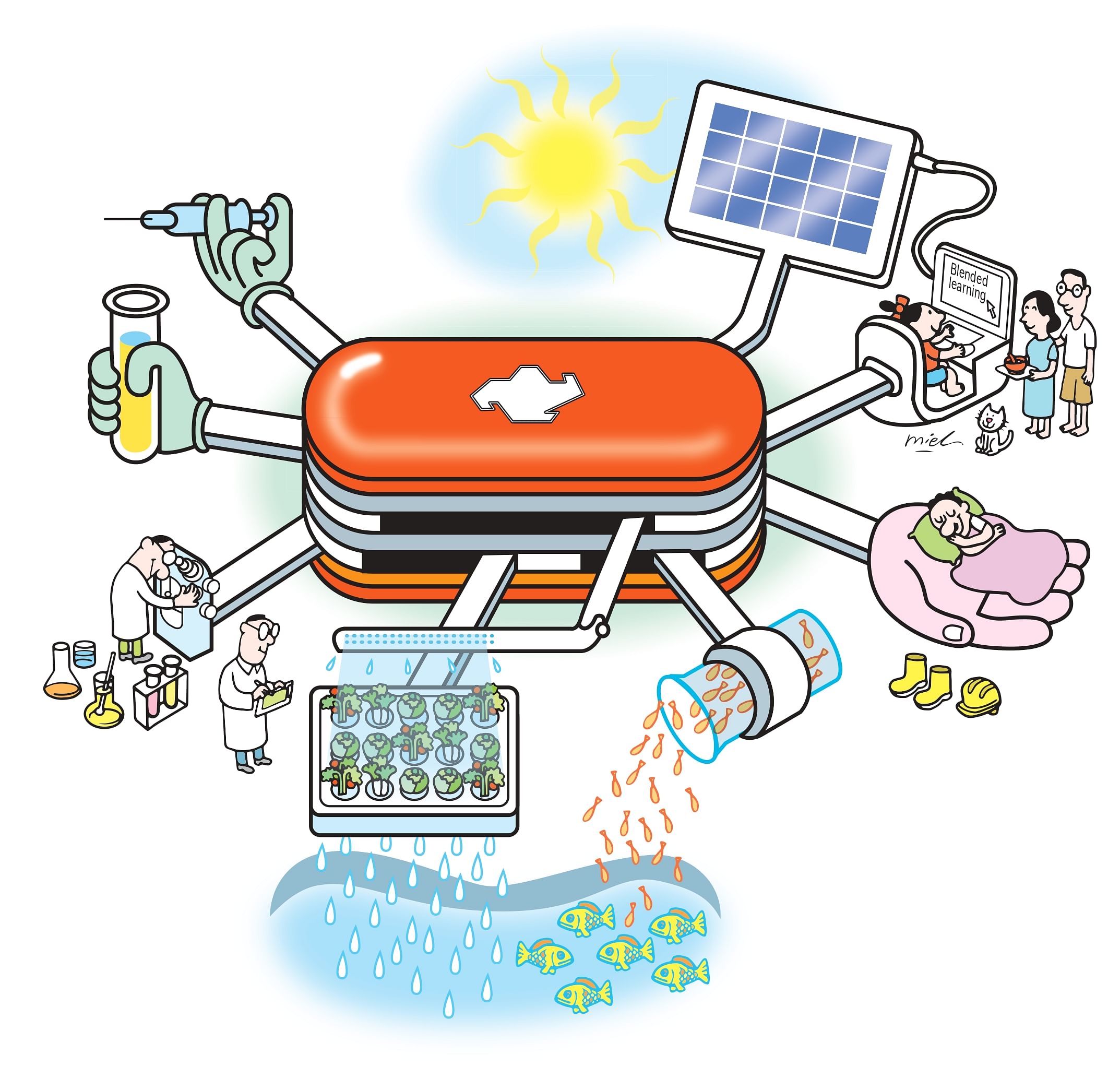
Today, the Government promotes supply chain resilience through a combination of strategies such as diversification of import sources, stockpiling and local production, said a Ministry of Trade and Industry spokesman.
It is no longer just ST Engineering that is able to produce surgical masks or the subcomponent, melt blown polypropylene. There are several manufacturers, including KHM Engineering and Racer Technology, he said.
It is not just masks that will be affected by a disruption in the supply chain, but also other necessities and food. Singapore is ensuring that it is self-sufficient in its production of essential personal protective equipment. It also stepped up its food import diversification plan during the pandemic in the face of rising food nationalism.
Before the pandemic, Singapore did not have any facility making finished vaccines and there was limited investment in vaccine research. Today, French healthcare company Sanofi and German biotech company BioNTech are among the major companies that are setting up facilities here.
In May 2023, Thermo Fisher Scientific opened a fill-and-finish facility, a critical end step in pushing vaccines out.
Meanwhile, a programme is in place to conduct research on pandemic preparedness. There is also the national modelling centre at the School of Public Health for scenario planning and the Duke-NUS Centre for Outbreak Preparedness performing regional surveillance of pathogens with pandemic potential, said Prof Teo.
So is Singapore ready?
Some of the physical pieces and protocols to guard against the next pandemic are falling into place in Singapore. Yet, there will be gaps.
“The challenge with pandemics is that we are never able to predict what the next one will look like, and government action plans designed with the previous pandemic in mind may lack the specificity needed to tackle the next pandemic,” said Prof Teo.
“We have seen how the Singapore Government, in its after-action review, candidly reflected how the early containment protocols for Covid-19 were devised on the basis of Sars (severe acute respiratory syndrome) in 2003, and they were found to be inappropriate in some regards.”
Preparing for outbreaks requires a considerable amount of humility to accept there will be uncertainties and unknowns and that the best drawer plans may be found wanting, Prof Teo said.
Many countries would have improved on their ability to cope with a pandemic when it arrives, but whether they are ready in their surveillance and rapid action plans to stamp out a potential outbreak before it even gets out of hand remains a question mark.
“I believe many countries are still not focusing enough to improve their ability to monitor and detect abnormalities happening within their geography – some of these countries have a problem of inadequate resourcing to prioritise and sustain such endeavours, while for many others, it is simply a matter of hubris and misdirected leadership,” said Prof Teo.
Singapore was among the few countries that conducted a review of its responses to the pandemic and to identify the gaps it could plug, he added.
But certain factors are beyond the control of Singapore or its Government.
For one thing, other countries have to be ready to detect and tackle the next potential pandemic.
“To save the world from Disease X, we need to stop it at the source, before it can even have a chance to spread within a region and subsequently to other parts of the world,” said Prof Teo.
This means other governments must have the preparedness and the infrastructure to sound the alarm early enough and for the rest of the world “to lend the necessary aid to stamp out the fire instead of isolating and shutting out the affected region”.
And the final X-factor to tackle Disease X remains the people – and whether they still remember the lessons of Covid-19.
In his 2023 National Day Rally speech, Prime Minister Lee Hsien Loong said: “Covid-19 now seems like a bad dream. Confused, receding, getting forgotten. But the pandemic could well have been a real nightmare.”
It is worth bearing that in mind before the next pandemic hits.
• OCBC is the presenting sponsor for the Asia Future Summit 2023. The event is also supported by Guocoland and Kingsford Group.

